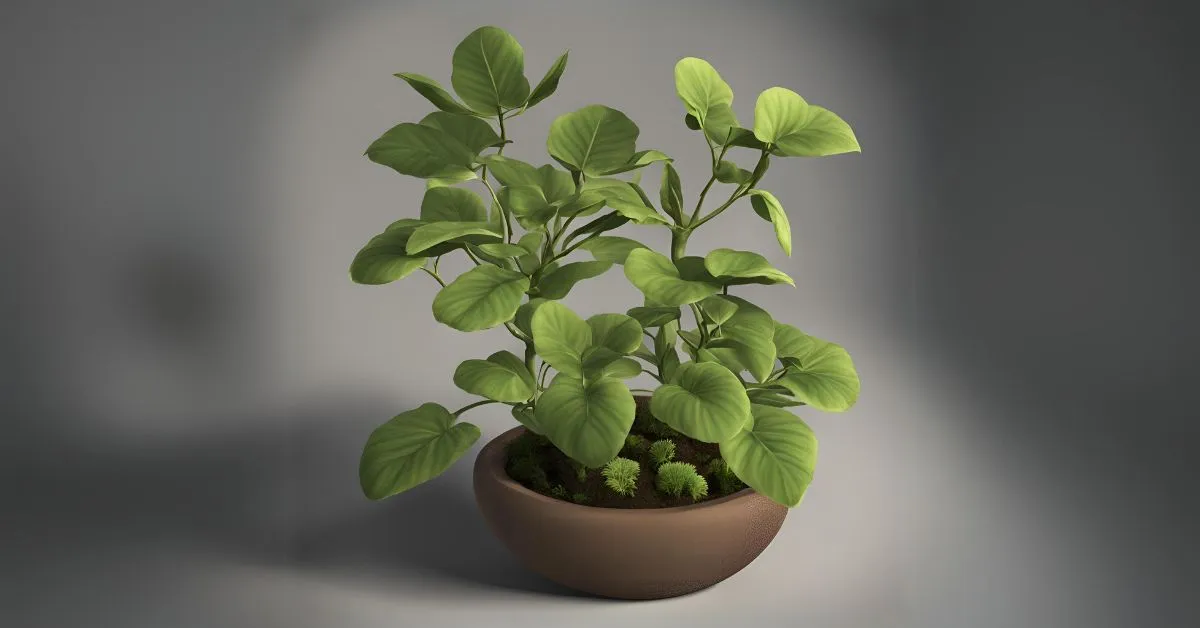sIntroduction
Plants play an essential function inan essential role in the world, not only for their splendor but alsobut also for their ecological and medicinal value. Among the widespread plant species, one lesser-recognized but interesting one is the Gumshoe Plant. This article will explore what makes the gumshoe plant specific, where it’splant specific, where it’s been discovered, its blessings, and how to care for it.
- What is the Gumshoe Plant?
The gumshoe plant is an unprecedented and uncommon species that has captured the attention of botanists and plant fans alike. Its specific traits make it proud amongst other flora for its resilience and adaptive nature.
- Origin and Habitat
The gumshoe plant is native to unique regions, specifically subtropical and tropical climates. It thrives in areas with rich biodiversity and is vital in retaining ecological stability. The plant is incredibly notable in rainforests, where it benefits from humid conditions and enough sunlight.
- Physical Characteristics
three.1. Size and Structure
The gumshoe plant varies in length, usually developing from some inches to numerous toes at the peak. Its structure is strong, with a woody stem that offers durability against harsh weather.
3.2. Leaves and Flowers
The leaves of the gumshoe plant are broad, with a sleek green end that makes them incredibly appealing. Its plant life, which blooms seasonally, uploads vibrant colorations to the plant, making it a famous desire for decorative gardening.
- Ecological Importance
The gumshoe plants performs an important function in its surroundings by supplying a haven to diverse bugs and small animals. It also acts as an herbal filter, improving air quality and neighborhood biodiversity by supporting the growth of other plant life.
- Medicinal and Health Benefits
Though not widely recognized, the gumshoe plant has been used as a traditional medicinal drug in diverse cultures. Its leaves and roots contain compounds believed to have anti-inflammatory and antibacterial properties, making it a treasured plant for natural treatments.
- Caring for the Gumshoe Plant
6.1. Ideal Soil Conditions
The gumshoes plant thrives in properly draining, fertile soil. It prefers slightly acidic to neutral pH levels and benefits from a mixture of natural elements within the soil to keep moisture.
6.2. Watering Needs
Watering is essential for the gumshoes plant, particularly during its growing season. While it enjoys moist soil, avoiding waterlogging is critical, as this will cause root rot.
6.3. Light and Temperature Requirements
This plant loves brilliant, oblique daylight. While it may tolerate moderate shade, too much darkness can stunt its growth. It also prefers warm temperatures, thriving best in climates that don’t drop below 60°F (15°C).
- Common Pests and Diseases
7.1. How to Prevent Pests
A healthy gumshoe plants is naturally resistant to most pests but may occasionally attract aphids or mites. Regular leaf cleaning and proper air movement can help keep pests at bay.
7.2. Treating Common Diseases
Overwatering and terrible drainage can lead to fungal infections within the gumshoe plants. To treat this, reduce watering and apply a fungicide if essential.
- Propagation of the Gumshoe Plants
The gumshoes plant is usually propagated through cuttings. You can quickly develop a new plant by slicing a healthy stem and putting it in wet soil. However, it’s crucial to keep the cutting in a warm and humid environment to encourage rooting.
- Landscaping and Decorative Uses
Thanks to its specific look, the gumshoe plant is regularly utilized in landscaping and as an ornamental indoor plant. ItsIt’sIt’s lush leaves, and colorful vegetation can add a tropical vibe to any lawn or domestic space.
- Challenges in Growing the Gumshoe Plant
While the gumshoes plant is resilient, it does have some demanding situations. Maintaining the proper moisture, light, and temperature balance is essential for its growth. Additionally, it can be touchy to remarkably bloodless, making it challenging to grow in certain climates.
- Environmental Benefits of the Gumshoe Plant
In addition to its beauty, the gumshoes plant contributes to the environment by enhancing air quality and helping the nearby atmosphere. It can also help prevent soil erosion through its robust root system.
- Cultural Significance
In certain cultures, the gumshoe plant holds symbolic significance. Because it can thrive in harsh situations, it represents resilience and persistence. It is sometimes utilized in ceremonies or as a symbol of desirable fortune.
- Conservation Status
Currently, the gumshoe plants isn’t listed as endangered. However, habitat destruction in its local areas may pose a risk in the future. Conservation efforts should consider protecting the ecosystems where they grow.
- Fun Facts about the Gumshoe Plant
- The gumshoe plant’s call comes from its sticky sap, which can resemble chewing gum.
- The plant is widely believed to have religious homes in a few areas, supplying safety to those who grow it.
- The plant’s flora trade coloration as they mature, making it an exciting visible element in gardens.
- Conclusion
The gumshoe plants is a unique and versatile addition to any plant lover’slover’s series. This plant has plenty to provide, from its lovely leaves and vegetation to its ecological and medicinal advantages. Though it may require some care and attention, the rewards of developing and nurturing a gumshoe plant are worth the effort.
FAQs
- Can I grow the gumshoe plant indoors? Yes, if it gets enough oblique daylight and is kept warm.
- How often should I water my gumshoe plant? Watering should be completed once the top layer of soil feels dry; however, avoid overwatering to prevent root rot.
- What type of fertilizer does the gumshoe plant want? A balanced, slow-release fertilizer works nicely for the gumshoe plant, specifically for the duration of the developing season.
- Is the gumshoe plant toxic to pets? It is commonly non-poisonous to pets, but it is continually excellent for keeping plants out of reach of animals.
- How long does it take for the gumshoe plants to flower? Depending on the conditions, it can take several months to numerous years.
